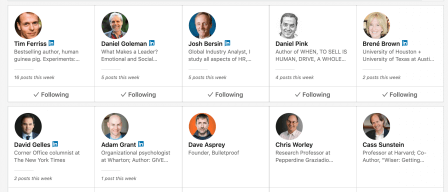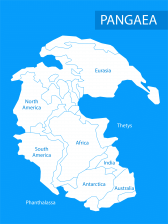
A listener recently asked me to look into an ingredient called glucose syrup. It’s often used as a sweetener in processed foods, such as cookies, candy, and other confections. She’d read that it’s a very concentrated source of sugar that supposedly contains four times the sugar and calories per tablespoon as regular table sugar. The implication? That one should avoid foods made with glucose syrup.
I tracked this specific claim to an article written by a dietitian for Healthline.com. This is a site that I consider to be a very reliable source. In general, I’ve found their nutrition articles to be thorough, accurate, and very well-referenced.
And sure enough, the statement that glucose syrup contains four times the sugar and calories found in regular sugar was footnoted and linked to the USDA’s food and nutrient database, the gold standard for nutrient data.
One footnote linked to the nutritional analysis for light corn syrup (which is another name for glucose syrup). One tablespoon contains 17 grams of sugar and 62 calories. The other footnote linked to the nutritional analysis for regular table sugar. One tablespoon contains 4 grams of sugar and 16 calories. Case closed.
Actually, make that: Case overturned on appeal. Unfortunately, this second listing was inaccurate.
You see, in addition to the tens of thousands of foods that have been analyzed by the USDA to create their amazing food and nutrient database, they also include nutrient information for tens of thousands of additional packaged and processed foods based on information provided by the manufacturer. And there are frequent errors. In fact, there’s a disclaimer right on the page Healthline cited stating that the info was provided by food brand owners, who are responsible for descriptions, nutrient data, and ingredient information.
In this case, it was a simple typo. The manufacturer chose the wrong serving size. The nutrient info they uploaded (4 grams of sugar, 16 calories) was for a teaspoon of sugar, not a tablespoon. And for those of you who don’t bake or use metric measures, a tablespoon contains 3 teaspoons.
A tablespoon of corn syrup does not contain four times as many calories as a tablespoon of sugar. It’s actually about a third higher—17 grams of sugar versus 12 grams. And this is simply due to the fact that sugar crystals aren’t as dense as sugar syrup, something that manufacturers adjust for in their recipes.
What...
Keep reading on Quick and Dirty Tips





























 Pangaea eventually split into pieces sometime around 230 million years ago. Those pieces spread out to form the continents we know today.
Pangaea eventually split into pieces sometime around 230 million years ago. Those pieces spread out to form the continents we know today. 

